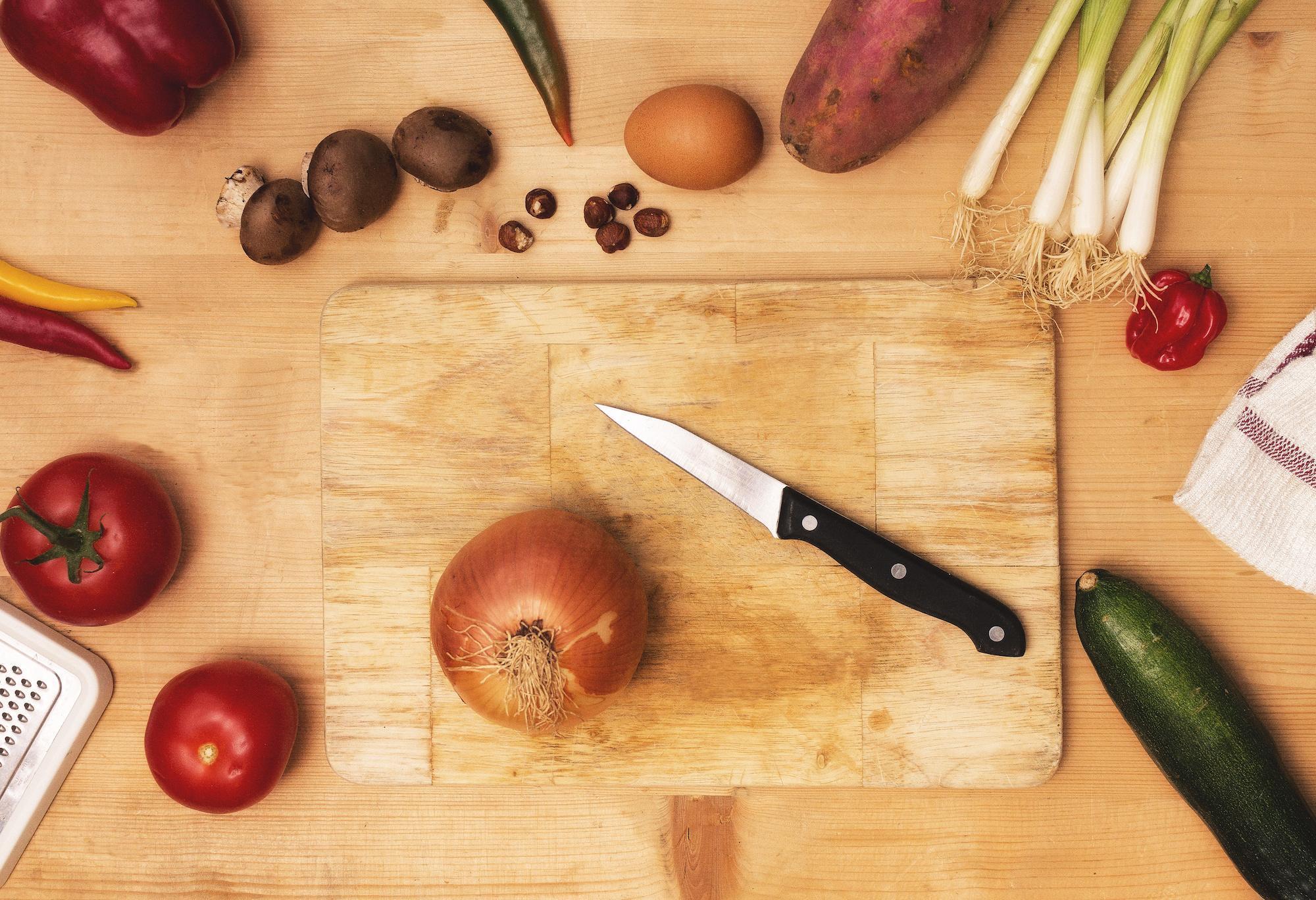What constitutes as “local”? Not everyone agrees. We recently learned that the Canadian Food Inspection Agency (CFIA) defines local as <50km, or as food that’s grown in the same – or within a neighboring – “local government unit”.
Surprised? You’re not alone so the Toronto Star came by to talk to us about it.
How is your 50-kilometre diet going?
That’s how far your food can travel if you want to call it “local,” according to the Canadian Food Inspection Agency.
That would make the Norfolk county apple I ate for lunch “foreign” or “exotic” or “non-native,” or whatever the CFIA deems the opposite of local.
I discovered this Wednesday after a visit to Real Food for Real Kids kitchen in the city’s west end. A couple months ago, it was a local food pioneer, serving local, healthy lunches and snacks to 200 daycares and schools in the city. Since a recent visit from a CFIA inspection agent, it now serves Ontario-grown, healthy lunches and snacks to those same kids.
“To me, local means can I get there before lunch — can I drive there, meet the farmer, inspect the farm and get home in a day?” co-owner David Farnell said, guiding me around the industrial kitchen, where cooks chopped Leamington cucumbers (no longer local), blended Brantford carrots (no longer local) and whipped up a dill dip using Organic Meadows sour cream (still organic, no longer local.)
“People’s commutes are longer than 50 kilometres. Is that not a local job?”
The CFIA is usually in the news for cracking down — or not cracking down — on tainted sandwich meat. But, it also enforces food labelling and advertizing guidelines.
Under those guidelines, the word “local” is defined as goods that originated within 50 kilometres, or within the same “local government unit” or adjacent “local government unit.”
Oh, to dine on local Mississauga-grown beets, Pickering-raised beef, and a glass of New Market Riesling . . . Someone better tell the LCBO to take down the local wine section. Those Niagara vineyards might as well be in Chile — they aren’t local. Clearly, no one has complained to the CFIA yet. (Most of the CFIA’s annual 3,000 inspections are triggered by complaints, according to its website.)
The local food movement is still a kid. It is still walking funny and learning to talk. It hasn’t defined itself yet. For Alisa Smith and J.B. MacKinnon, who wrote The 100-Mile Diet, local meant grown within 100 miles, or 160 kilometres. (The dedicated couple ate turnip sandwiches until they found a wheat farmer and miller who lived within the 160-kilometre range.) Most of the farmers who sell their produce at my neighbourhood farmers’ market travel three hours to get there — around 200 kilometres.
For Local Food Plus, a nonprofit that has been certifying farms and processors as sustainable for the past eight years, local is synonymous with Ontario-grown — which could mean as far as Dryden, 1,700 kilometres away.
Perhaps a good old-fashioned debate on what exactly “local” means would be healthy. But, why bother? However you label it, the local food movement is a crumb on our dinner plate. We fly and truck 80 per cent of the fresh fruit and vegetables we eat into southern Ontario, despite the fact we could grow much of it here. A 2005 Region of Waterloo Public Health study revealed that the average carrot travelled 3,936 kilometres to get into that grocery, mister.
What was sprayed onto those carrots while they were grown would seem a more pressing concern for our health inspectors. But they just follow the rules, which in the case of “local” were written in 1974 — long before anyone was thinking about “food miles” or climate change or food security.
Here’s the thing: Ontario’s Minister of Agriculture and Food Kathleen Wynne just introduced the Local Food Act last month. She also happens to be the premier. The act’s aim is to foster “resilient local food economies and systems” throughout the province. It’s definition of local? “Food produced or harvested in Ontario.”
So who exactly is in charge here? Wynne has brought it up with federal Agriculture Minister Gerry Ritz, I’m told.
In the meantime, Farnell has changed all his brochures and website pages. The penalty for being found guilty of contravening the Food and Drugs Act, where the definition of local can be found, is a $50,000 fine or six months in jail.
He’s also had to remove the word “natural.”
Real Food for Real Kids sources most of its beef from a family farm in Ayr, 115 kilometres away. They don’t use growth hormones or antibiotics, and feed their cattle homegrown pesticide-free hay and corn. In the world of feedlots, that beef seems pretty natural to me.
But, according to the CFIA’s inspection report, anything that has been “interfered with” or “influenced by humans” can’t be called “natural.” There aren’t many animal farms that don’t interact with the animals. So what is natural?
“Wild turkey or wild fish,” the report states. That’s fodder for a whole other column.
Read the full article on the Toronto Star website here.
